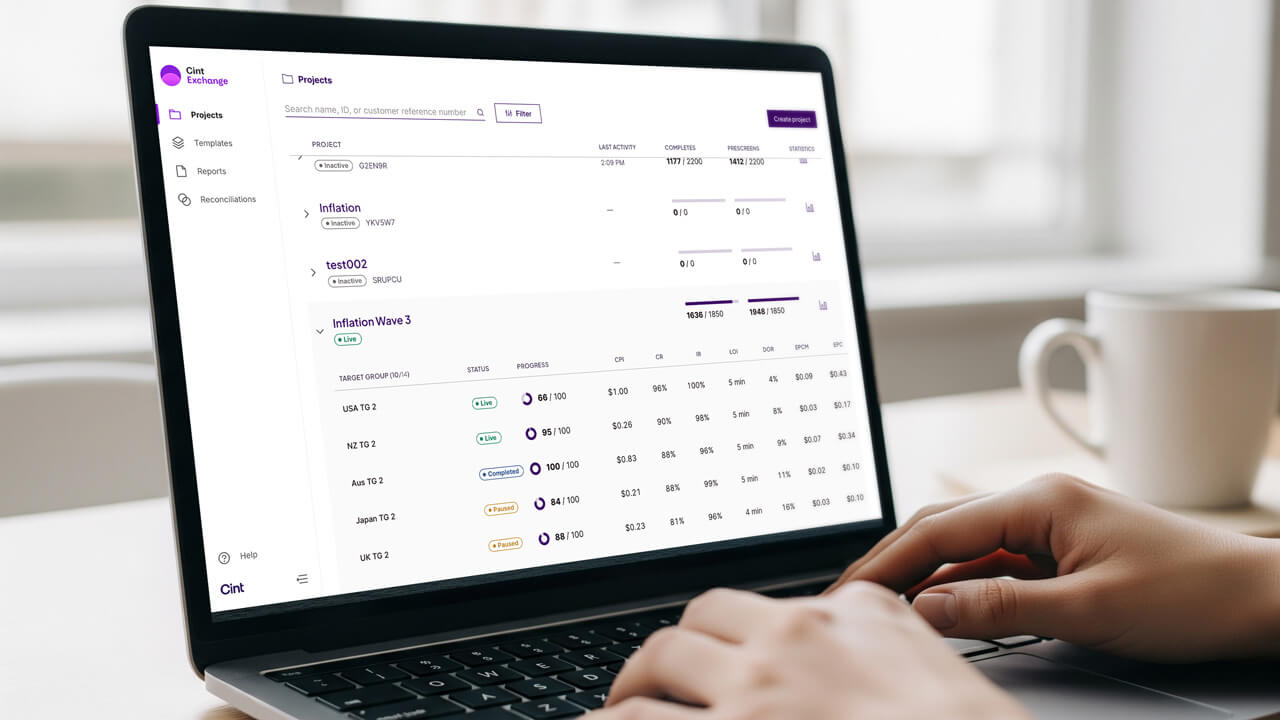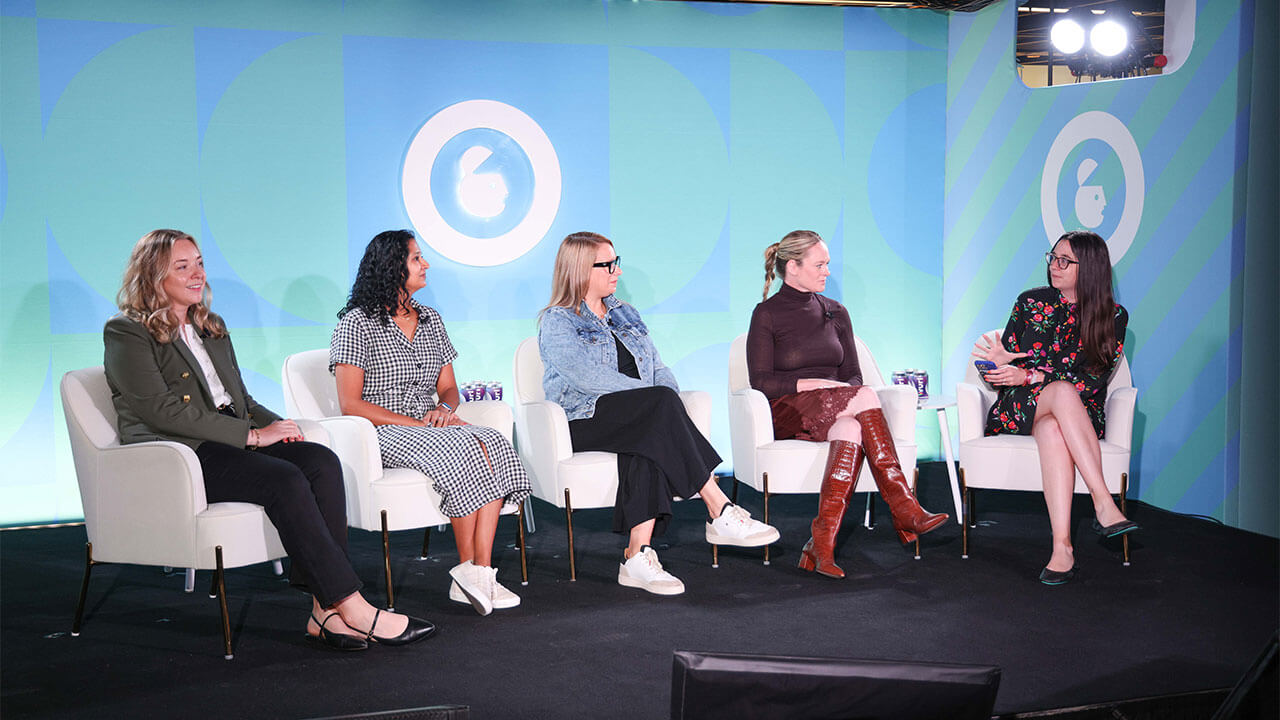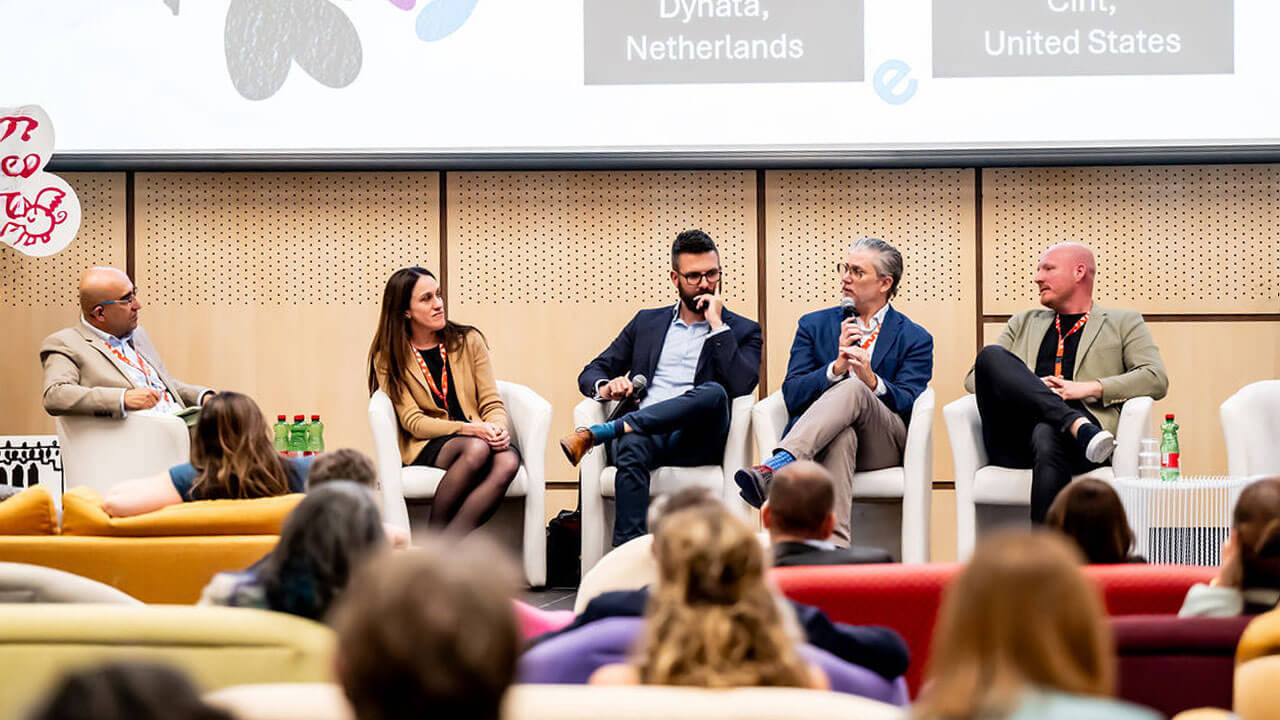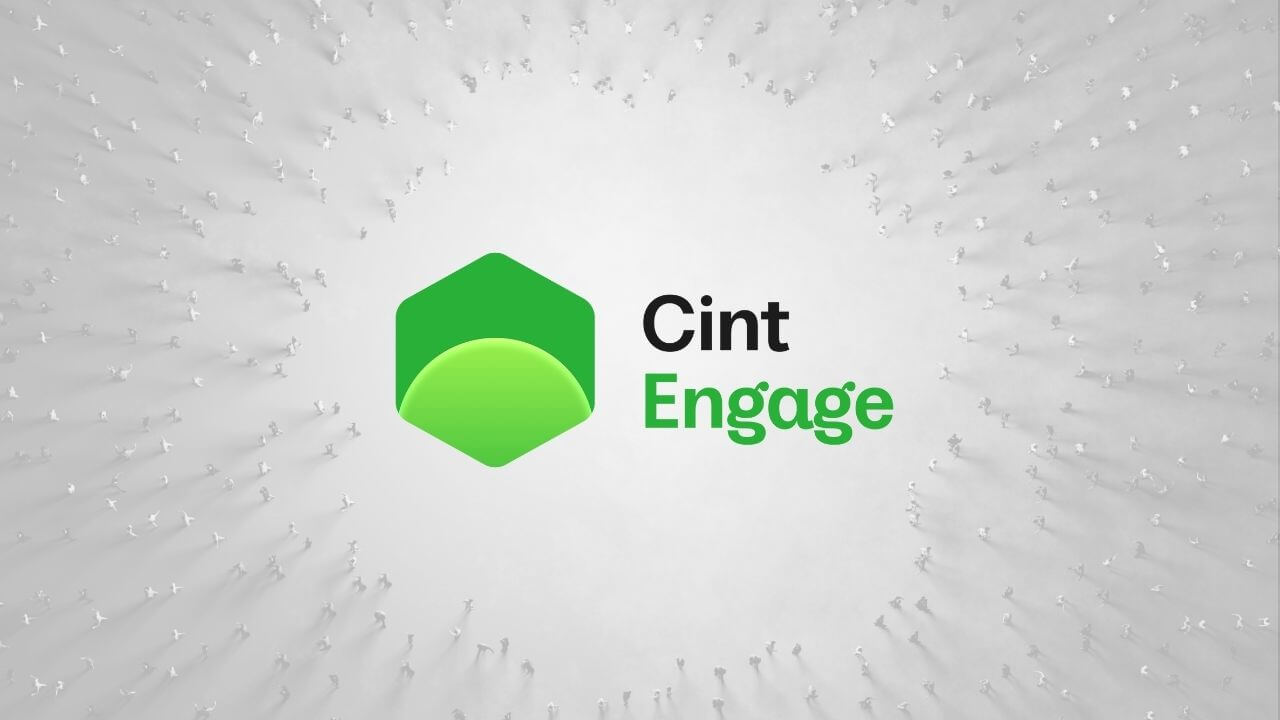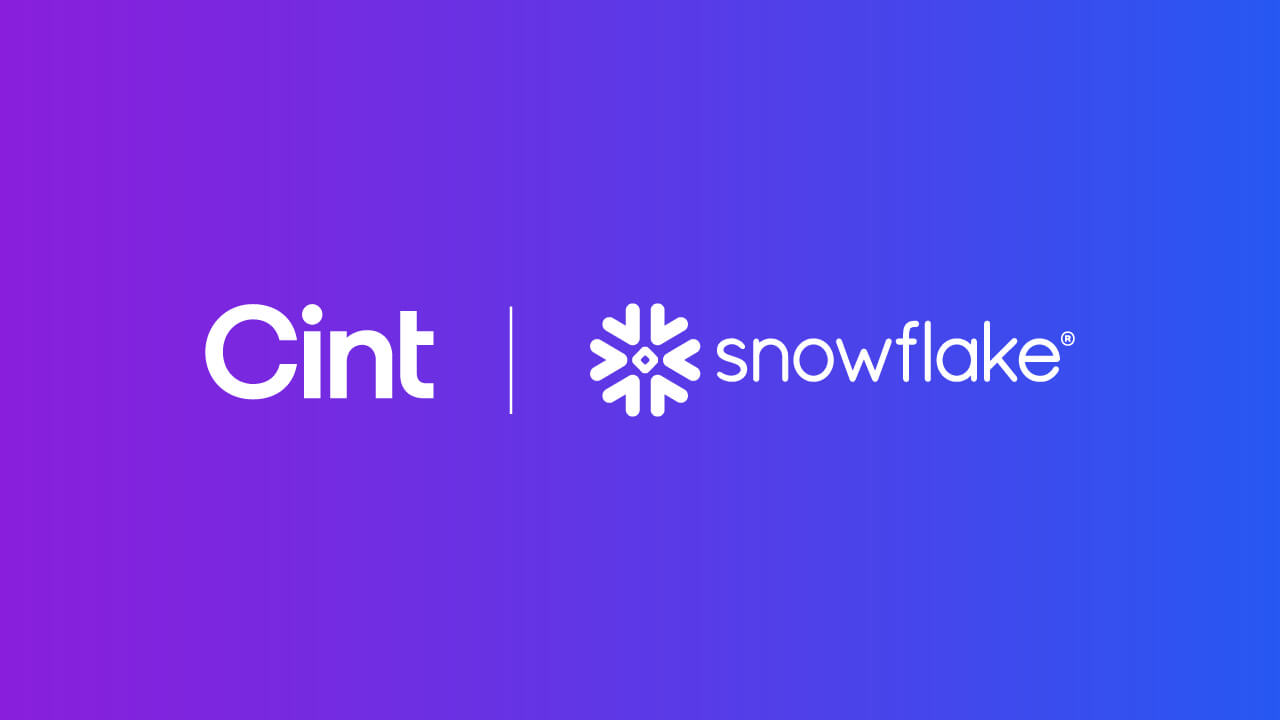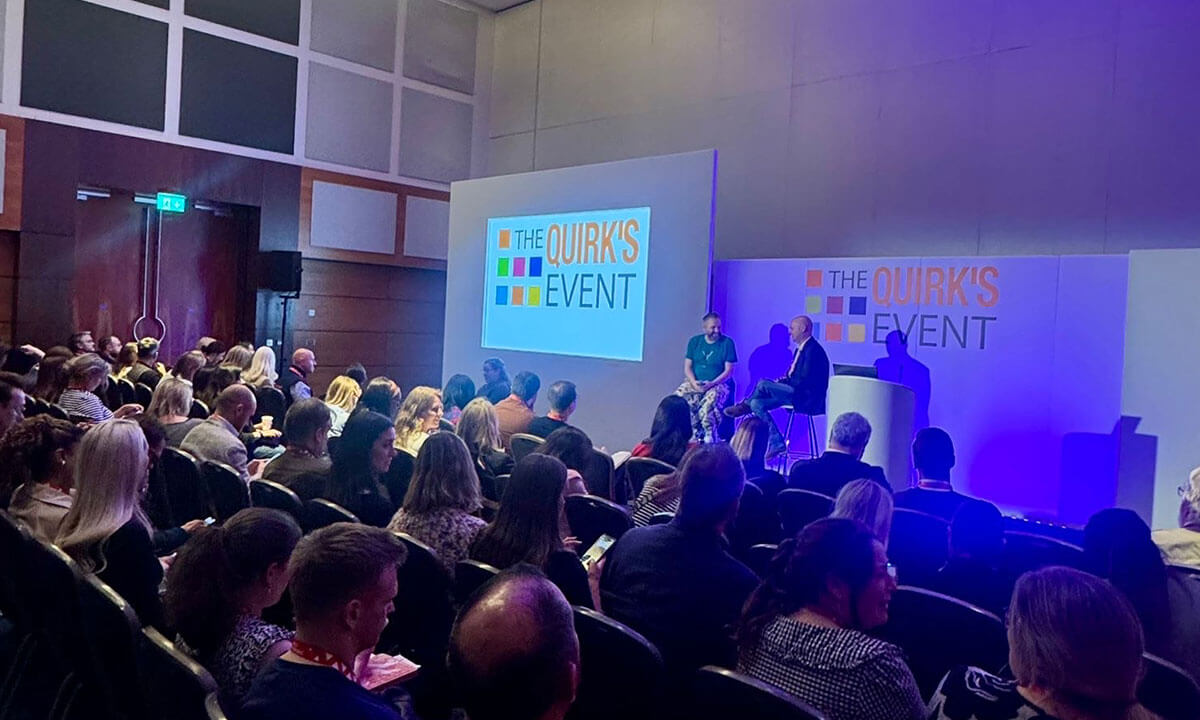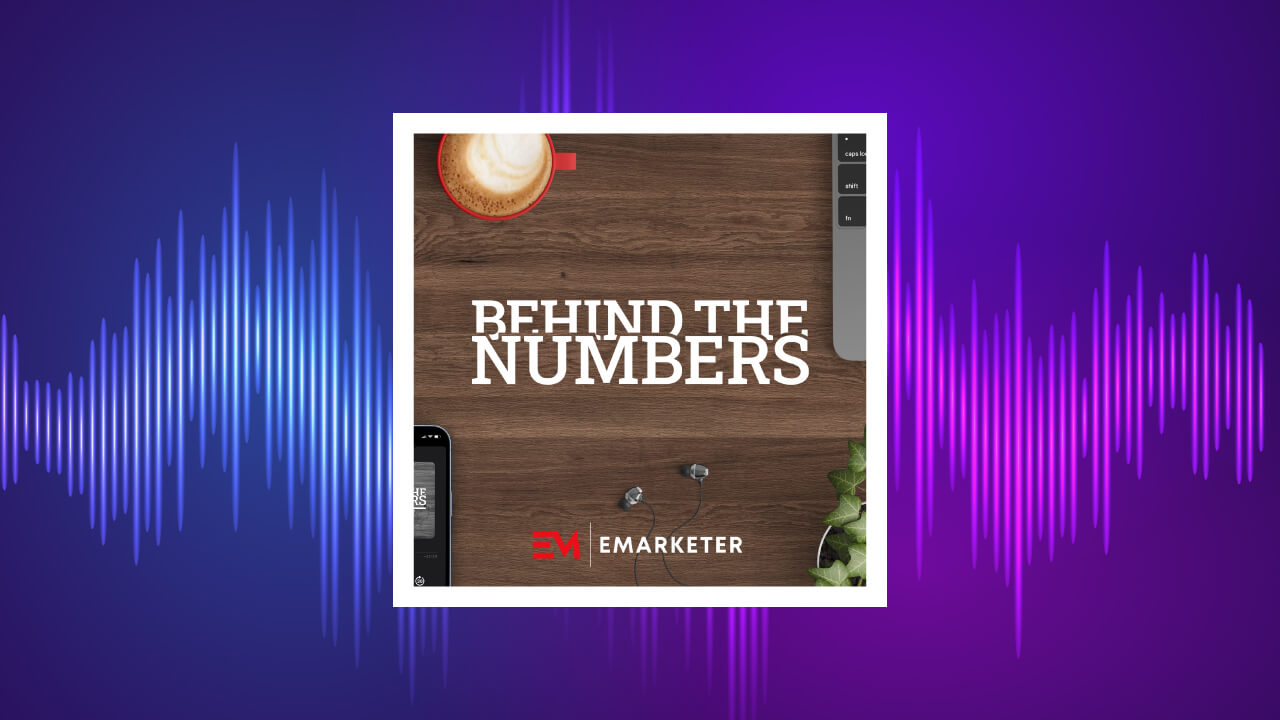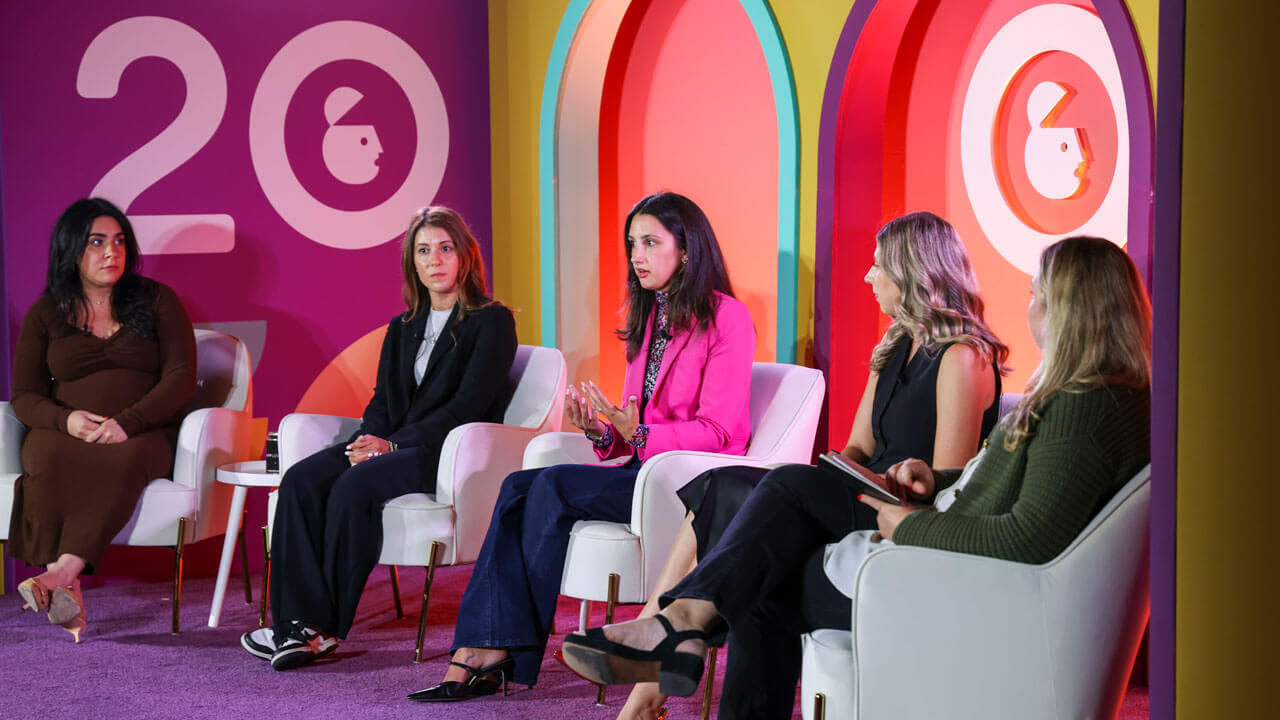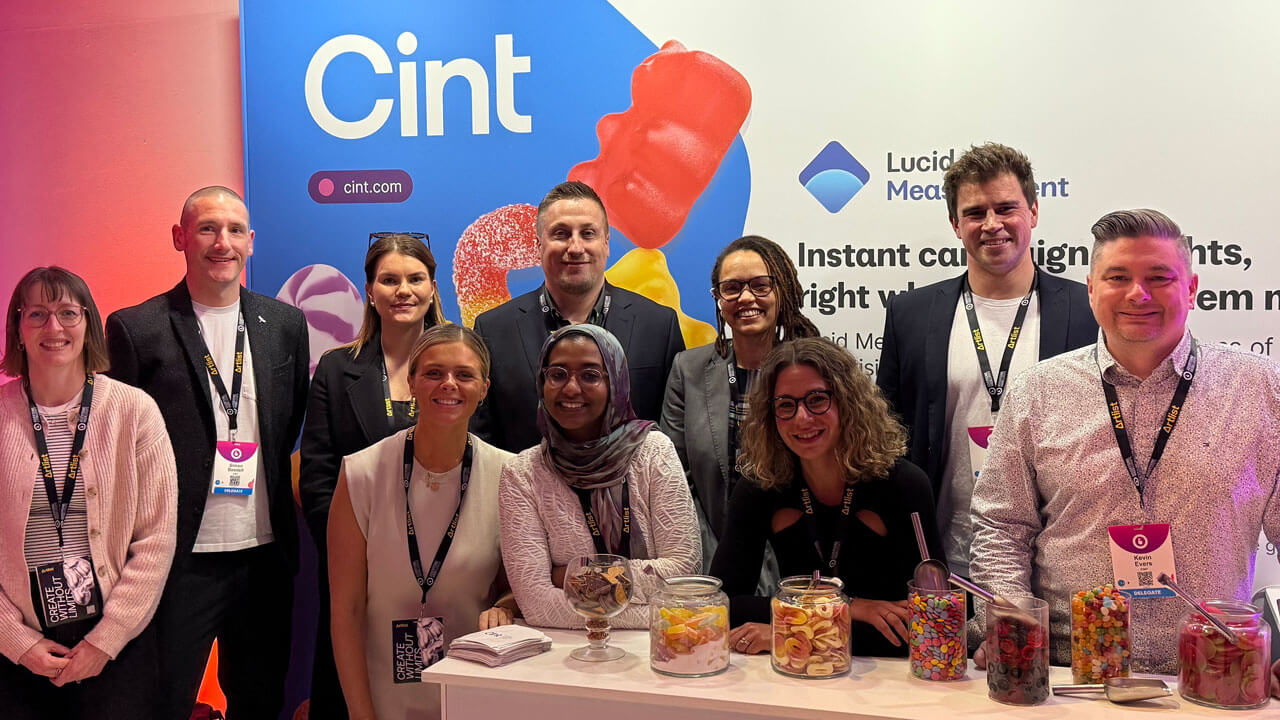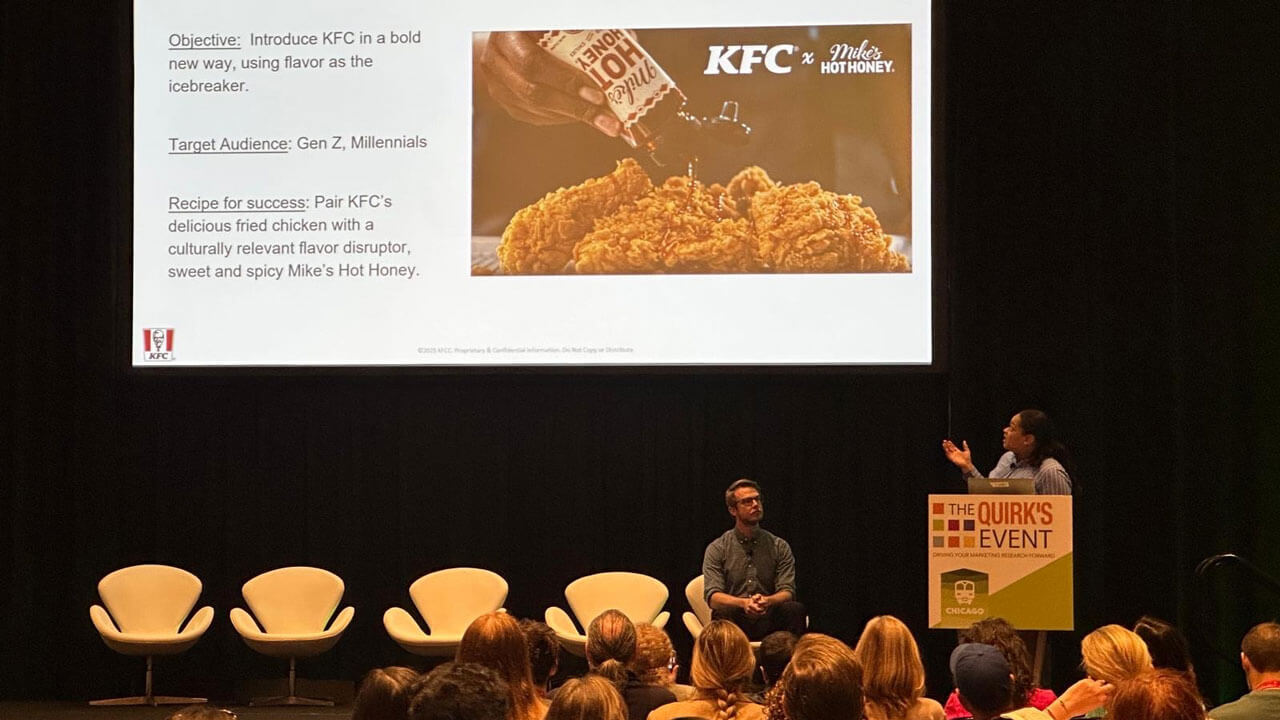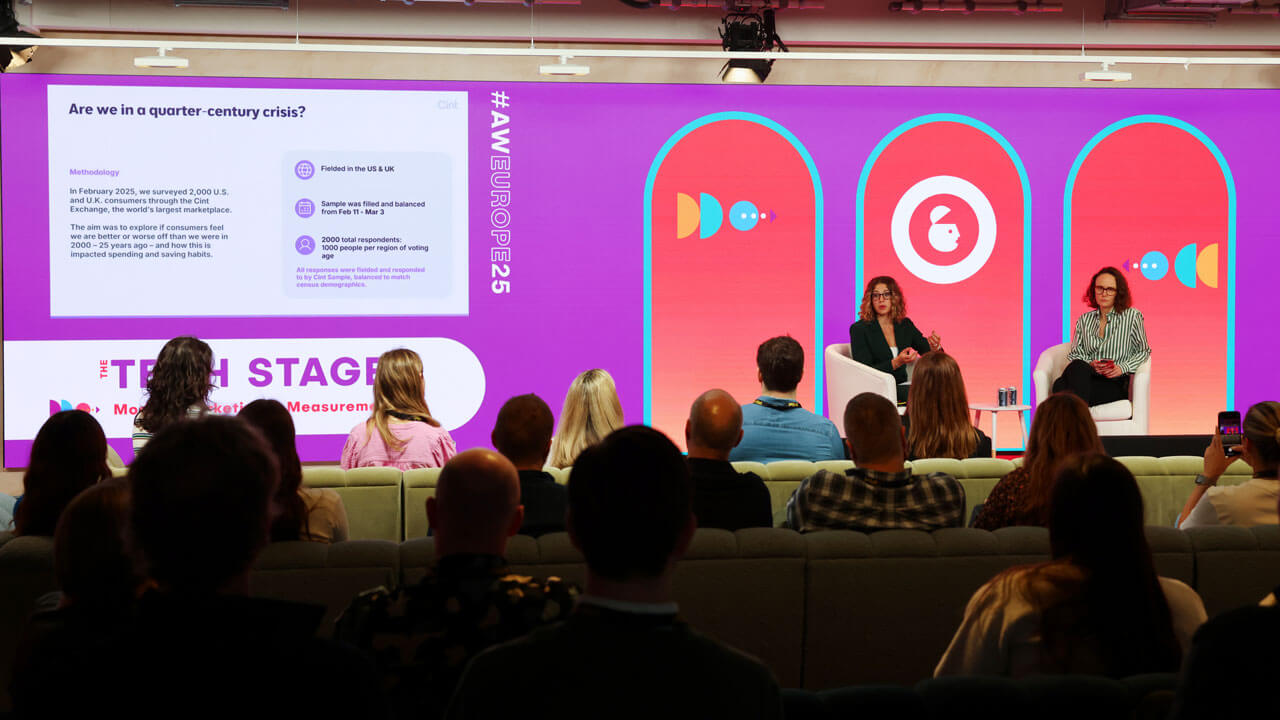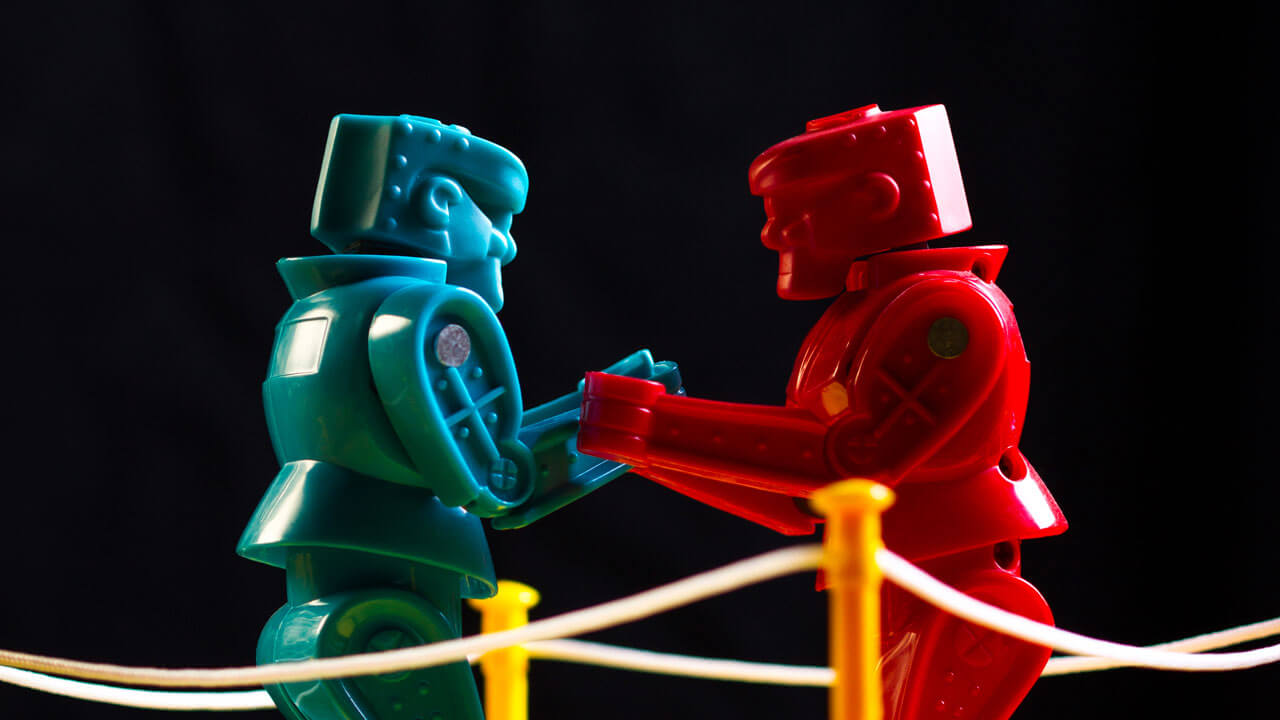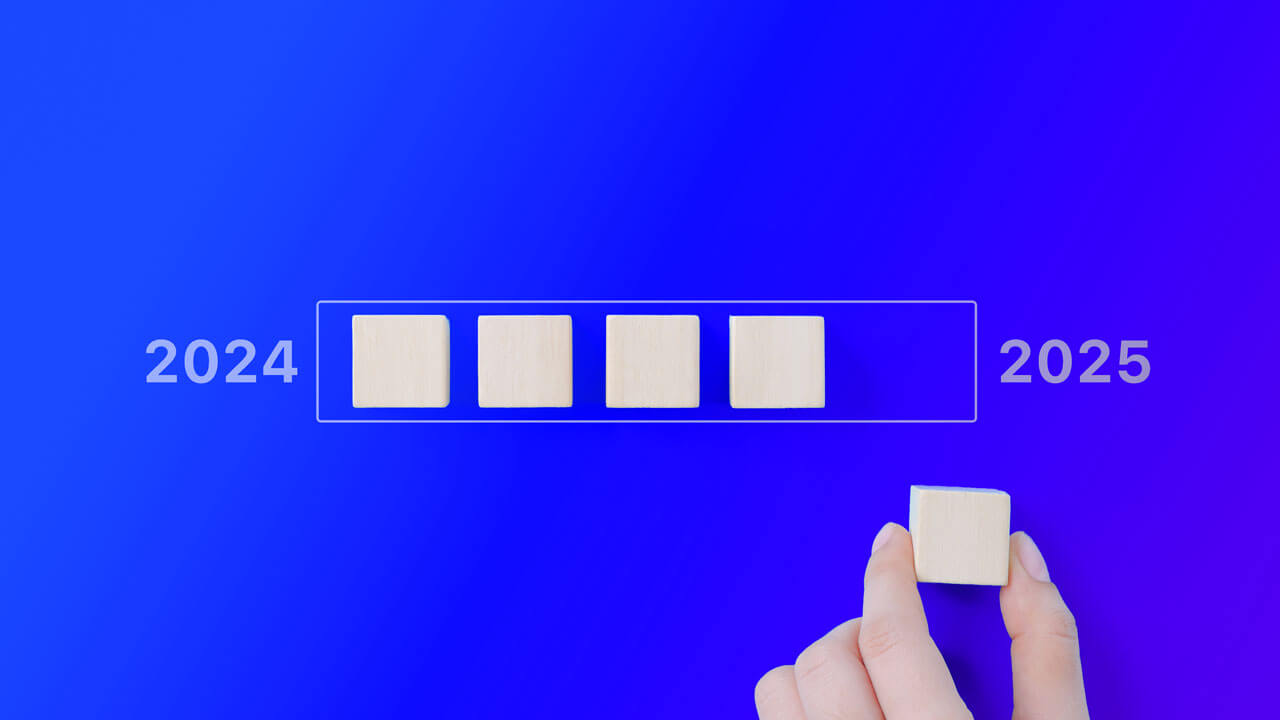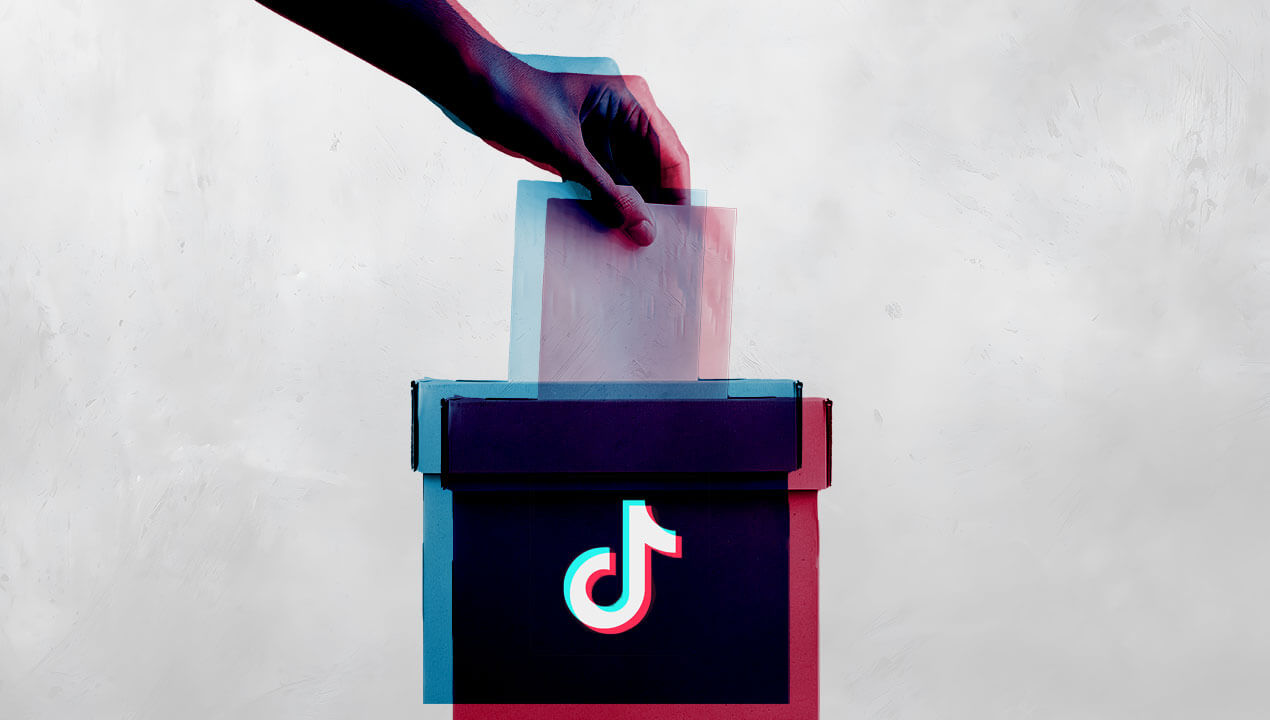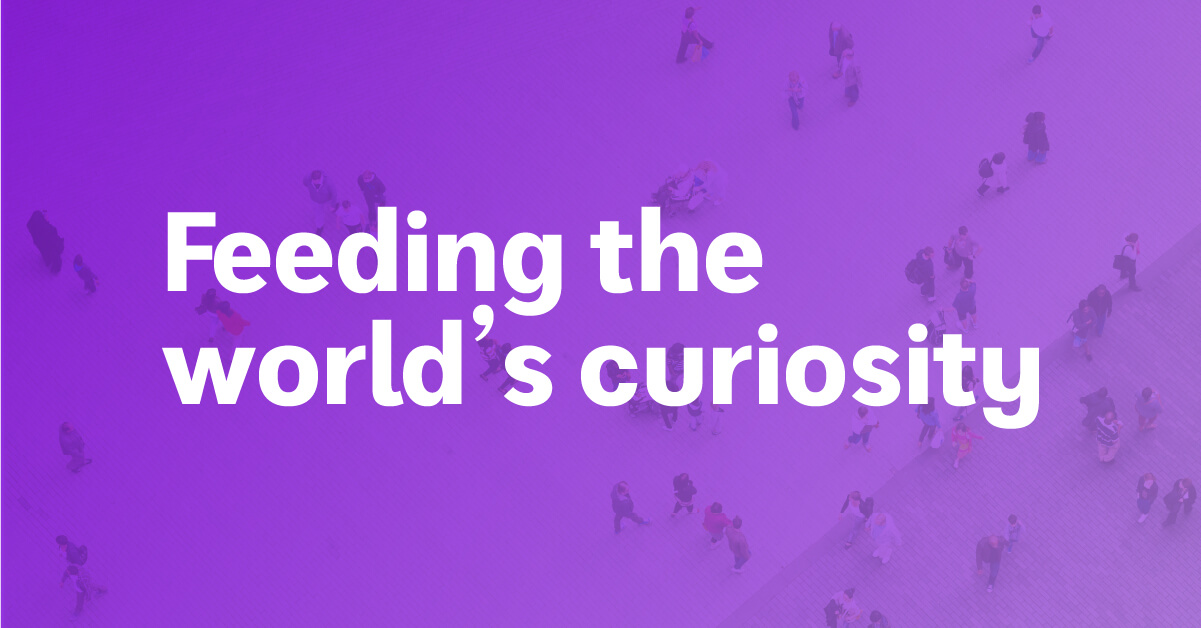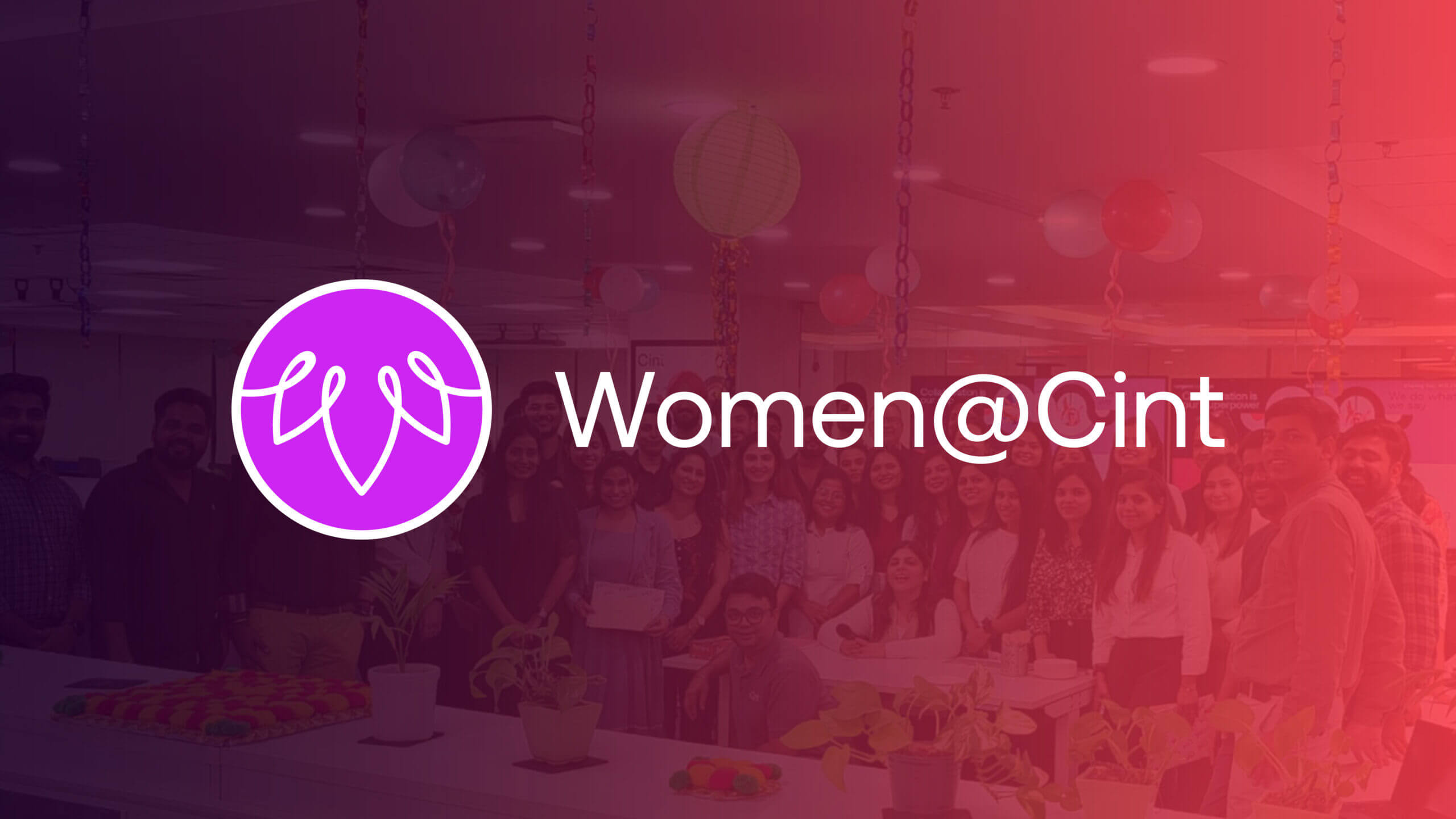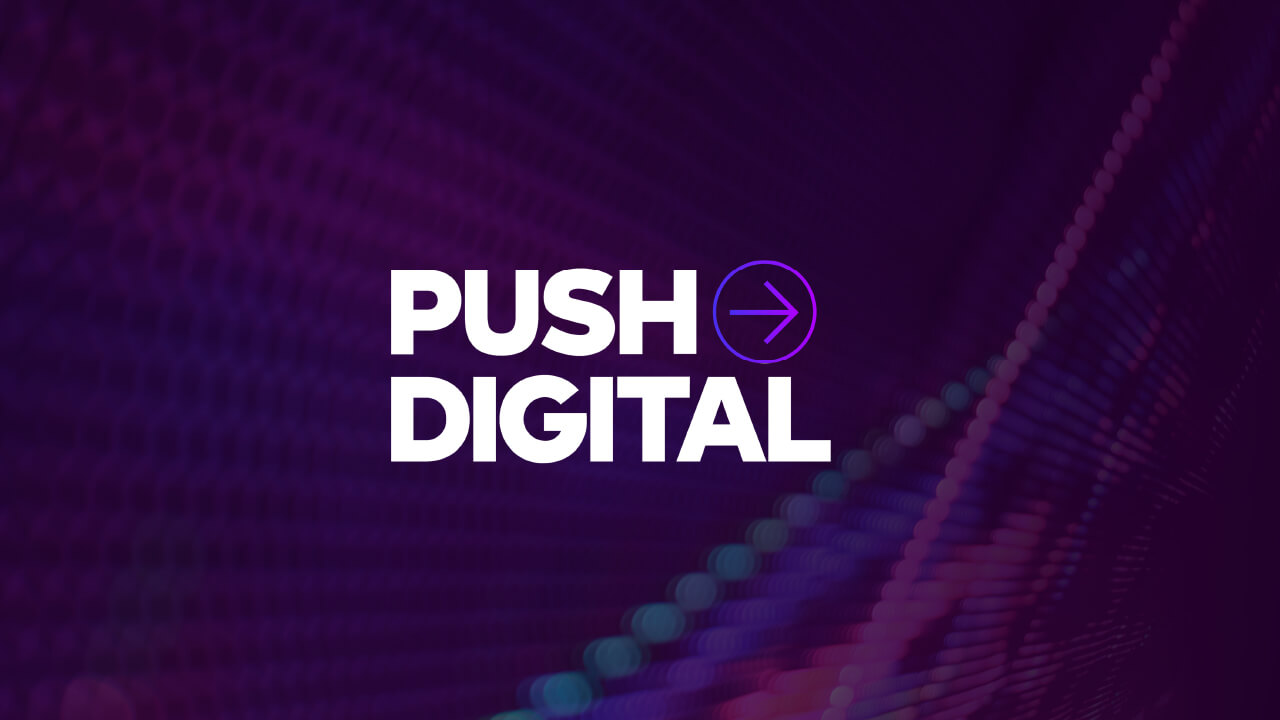Contents
Categories
If Taylor Swift took up the greatest amount of air space and attention in pop culture this year; the rise of artificial intelligence (AI) – and its impact on jobs – took up the greatest amount of air space and attention in professional settings. Throughout the 2023 conference season, agendas at advertising and market research events alike were packed with discussions on the adoption of AI and its impact on our industries. Early in the year, Cint and our partners at AdvertisingWeek identified that this would be a hot topic and set out to learn how workers in the UK, Australia, and the US were responding to the rise of AI in the workplace. These findings were shared at the global AdvertisingWeek events, as well as brought to a market research audience at TMRE in Denver and ESOMAR The Art & Science of Innovation in Singapore. And now we’re thrilled to bring them to all of you here on the Cint blog!
Methodology: A study in three parts
In collaboration with AdvertisingWeek, Cint conducted three surveys to explore the usage and perceptions of AI in the workplace. These studies included 1000 people per region with full or part-time jobs. The sample was balanced to match the census in terms of gender and age. These surveys were fielded in the following places and timeframes:
- UK: May 2023 (in conjunction with AdvertisingWeek EU)
- Australia: August 2023 (in conjunction with AdvertisingWeek APAC)
- US: September 2023 (in conjunction with AdvertisingWeek NY)
The AI Divide: Employee behavior vs employer regulation
Or, ‘I’m using AI at work and my boss doesn’t know’. One trend that stood out was a vast disconnect between AI adoption and sentiment from junior through middle-management level employees versus that from senior level managers and executives. And a subsequent disconnect between employee usage versus AI policies and regulation being put in place by companies. 62% of workers with under 15 years of work experience said they are already using AI to help with their jobs; although, 20% said they had not told leadership they are doing so.
“Most of the senior people in organizations – mostly Boomers and Generation X – didn’t really see the opportunities or threats of AI; while more junior staff further down were already using AI in their jobs.” – Ruth Mortimer, Global President, AdvertisingWeek (BBC News)
Further highlighting the disconnect between companies’ mindsets and directives on the use of AI and how middle-managers and individual contributors thought AI should be used, 21% of respondents said their companies are actively encouraging employees to use AI; however, 65% of managers think more people at their companies should be using AI. Surprisingly, even in the 5 months separating the first batch of research in May and the most recent batch in September, the disconnect between employee usage and employer policy did not significantly shift, with 55% of US employees wanting their companies to have an AI policy in place but only 19% of their companies already having one. The research suggests that companies came up with early policies or haven’t yet at all.
In the race to adopt AI, Americans are falling behind
When Cint’s Ariel Madway, Associate Director of Events Marketing, and Kathryn Rydberg, Senior Marketing Manager, appeared on an episode of the AdvertisingWeek 360 podcast as part of the AdvertisingWeek NY programming, the podcast host was shocked to hear Americans were falling behind in the great AI race, pointing out that adoption of AI was the topic of over half of the programming at that flagship US AdvertisingWeek event. However, the research showed that only 1/3 of workers of US workers claimed to have used AI to complete tasks as compared to ½ of UK and Australian workers.
“It’s not that the US is lagging behind in knowledge of AI: US workers are just as familiar with AI tools and just as excited about the idea of using them at work; however, they simply aren’t utilizing them as actively. The data suggests US workers are less interested in learning more about AI and, specifically, less interested in determining how to implement AI to enhance productivity.” – Kathryn Rydberg, Senior Marketing Manager, Cint (AdvertisingWeek NY)
The caveat to AI being adopted less frequently in the US is that the US workers who are using AI are using it more frequently. A much higher percentage of Americans are using AI daily or weekly, as compared to their British or Australian counterparts. Thus, resulting in a wider gap in the US between those using AI frequently and those who aren’t using it at all.
AI as a double-edged sword
When you hear discussions of AI – in the workplace or beyond – how do you feel? Are you unconditionally excited about the future or filled with trepidation? Perhaps a little bit of both? While the creation of AI is a squarely scientific technological advance; the introduction of AI into day-to-day life is a more emotional phenomenon. When asked how AI makes them feel, people across all three regions shared a wide scope of feelings from excitement and curiosity to confusion and fear. Interestingly, ¾ of the population in each country said they are excited about AI and ¾ of the population in each country also said they are concerned about AI. Excitement and fear are often complimentary feelings, coming in tandem at the onslaught of unprecedented territory. And the introduction of AI into the workforce is no different. The research shows the more that people are already using AI – and more well versed in its capabilities – the more they hold both these feelings of fear and excitement about the future of AI and its role in their work. Reasons for excitement include: Content generation and brainstorming, helpfulness, and time saving. Reasons for concern include: Loss of creativity, loss of judgement, loss of social interaction, and surveillance of AI tools. And, above all, a concern for job security. Over 50% of those surveyed in each country said they are worried AI will replace their job. When that data is cut demographically, the age group most concerned about AI taking their jobs are Gen Z and Millennials. The job level held by those most concerned are those in managerial positions. And the industries with the highest levels of concern are tech and finance. In advertising, 2/3rds of respondents were concerned about the use of AI. Although these demographics are the most concerned; they are also the same demographics with the highest levels of adoption, highlighting a trend that people who are actually familiar with AI and have used it are also those more likely to have strong feelings surrounding it.
“We are seeing that it goes hand-in-hand that the more someone is using [AI] and the more someone knows about it, the more they think it has a place and is exciting and are looking at the future of it; but also, that they’re scared of some of the negative repercussions that it might bring with it, whether that’s job loss, loss of proprietary information, surveillance of AI tools, etc. So, it’s kind of the more you know, the more you’re opening Pandora’s Box.”
Ariel Madway, Associate Director, Events Marketing, Cint (AdvertisingWeek 360)
Looking forward: What to expect for AI in the insights, marketing, and advertising industries
As 2023 draws to a close, the trend of AI dominating conversations is unlikely to end. Based on this year’s research, here are some predictions for our industries in the upcoming year:
- Working with AI tools is going to become unavoidable. It’s not going to be about competing against AI; it’s going to be competing against other professionals using AI.
- Companies that don’t currently have AI policies in place are going to begin implementing them in order to benefit from the possibilities AI creates while mitigating risk.
“AI is in its adolescence phase where it feels like there are no consequences. It needs to mature and have guardrails. This comes through industry wide regulation to set the standard for how AI influences the future of insights, and companies and teams implementing AI policies and internal AI tools to avoid risks of surveillance and sharing of proprietary data.” Oscar Carlsson, Chief Innovation Officer, Cint & James Turner, Chief Technology Officer, Delineate (TMRE)
We’ll be keeping an eye on how AI in the workplace matures over the upcoming year and will be sure to share our findings!

